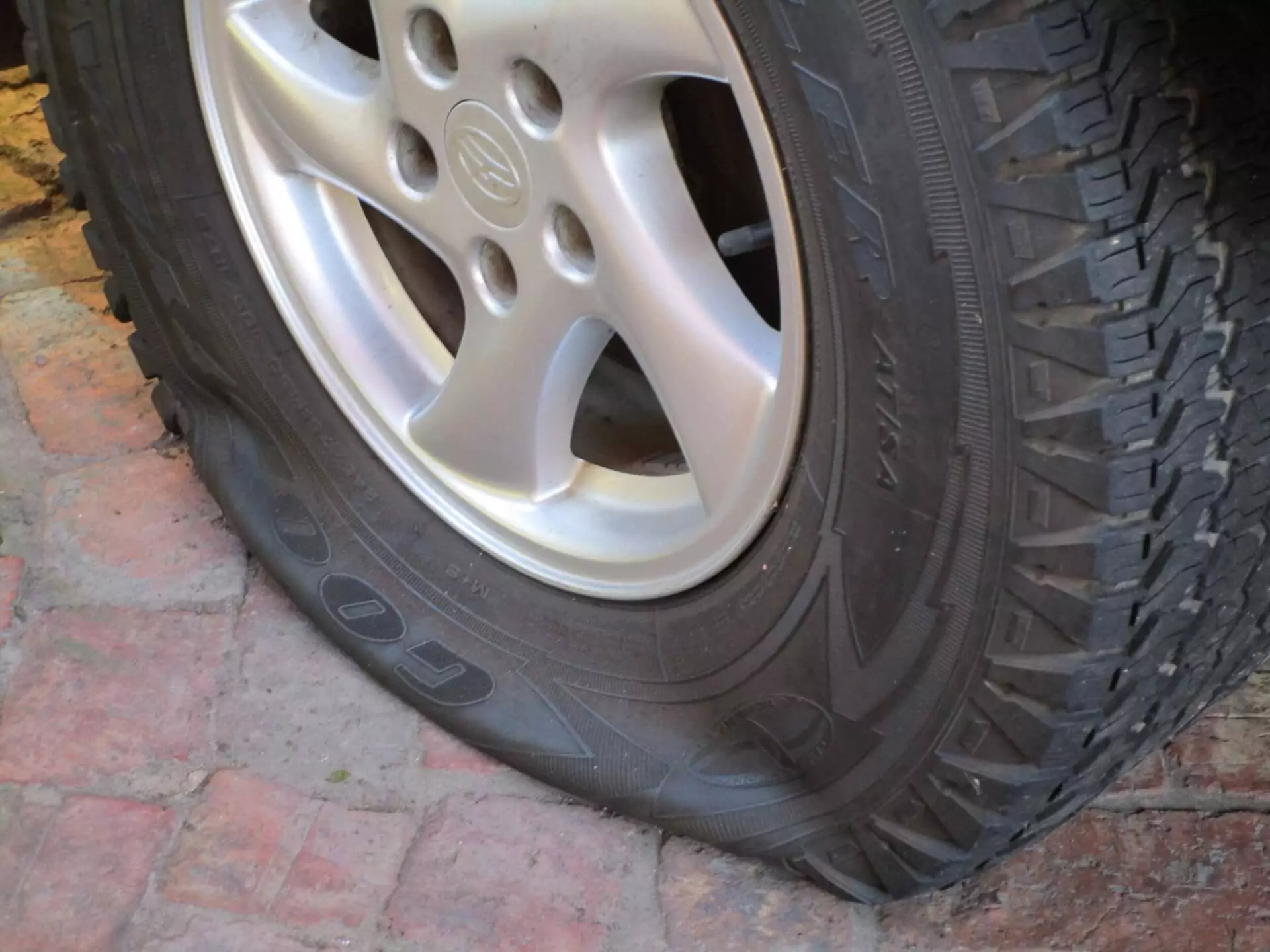Sometimes forgotten, the good condition of the tires plays a crucial role in road safety.
After all, they are the ones who ensure the vital link between the car and the road and, of course, their deterioration can be synonymous with problems and even the cause behind an accident.
That said, do you think you know how to ensure and check the good condition of your car's tires? In this article we give you some tips so that you have no doubts.

Check the pressure
It sounds basic, but this first tip is the simplest of all, yet it's still overlooked by many drivers.To ensure that the tires do their job perfectly, check their pressure and adjust it according to the values indicated by your car manufacturer.
Subscribe to our newsletter
If your car has been stopped and therefore you have followed our advice to increase the pressure to prevent losses, don't forget to reset the pressure indicated by the manufacturer before hitting the road.
In addition to this, it also checks the status of the valves. This is because a faulty valve can often lead to a gradual loss of pressure.
Unidentified objects
Since you are “hands-on” and checking the tires, take the opportunity and confirm that they do not have any objects stuck or embedded in their floor, such as nails or screws.
Furthermore, it also confirms that there are no cuts or blisters on the sidewall of the tyre, as while the former can lead to a puncture, the latter can even cause a burst.
Slicks? Only in Formula 1
Obviously, it is impossible to talk about keeping tires in good condition without addressing the issue of their “track” or relief (the grooves that are intended to drain water in wet conditions).As you probably already know, a car's tires must have a (legal) relief of at least 1.6 mm.
So you don't have to use a ruler whenever you want to know if your car's tires need to be overhauled, you can measure the depth of the relief using a one euro coin.
So if the relief matches or exceeds the golden edge of the coin, good news, you don't have to change tires. If you don't, maybe this article will help you: “New tires at the front or at the rear? Enough of doubts”.
Car stopped? redoubled care
Finally, if you've already come out of confinement but for some reason your car didn't, let us give you some advice so that when this happens you don't have to buy tyres: move it a little.
It's true, to avoid that the point of contact with the ground (and therefore the one that supports the most weight) is always the same, just move the car a few centimeters forwards or backwards.
By doing this you prevent the tires from decaying and becoming deformed, meaning they lose their perfectly round shape.
